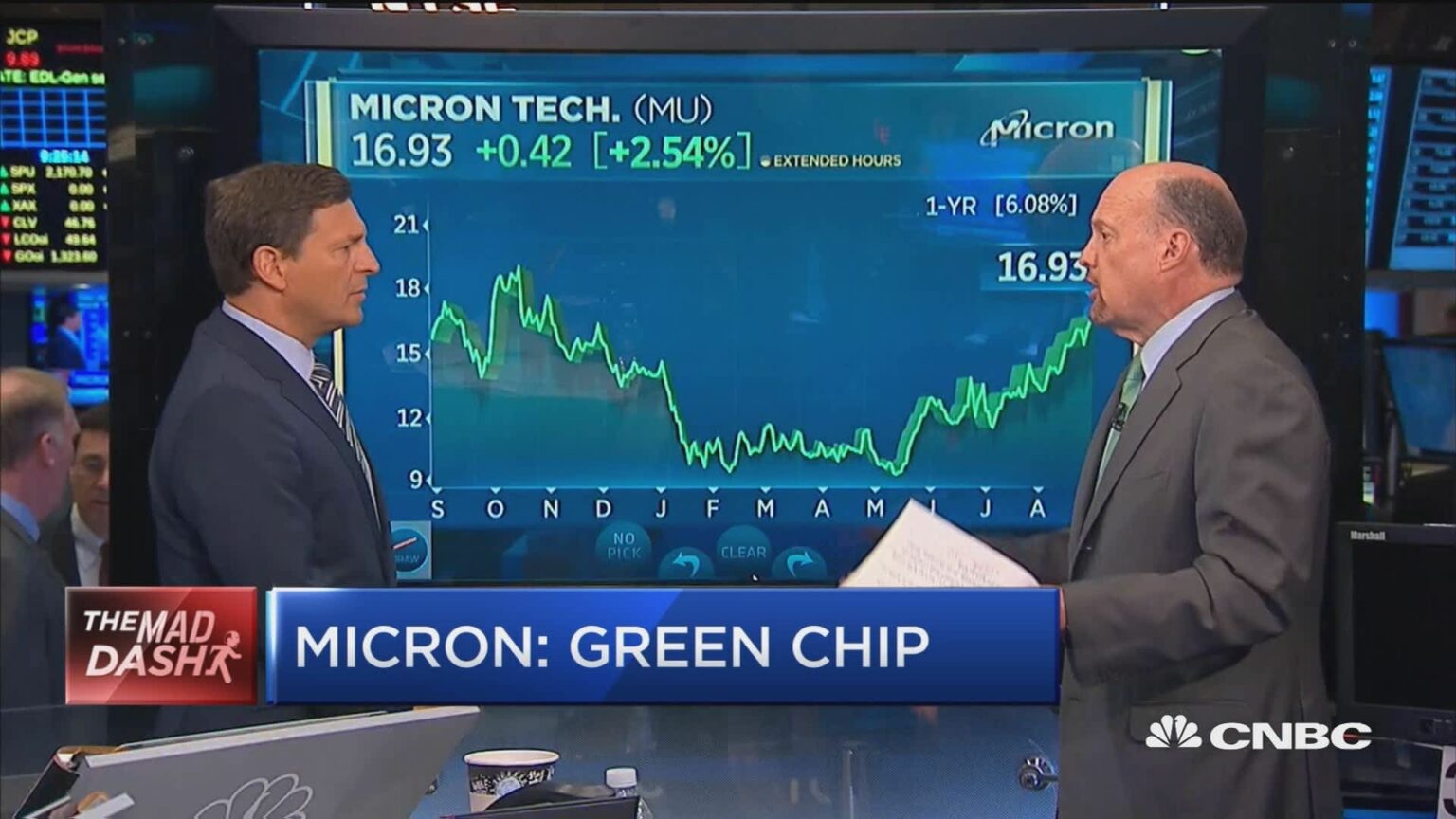The Indian cabinet has given its approval to a $2.7 billion contract with Micron Technology (MU.O) for a new semiconductor testing and packaging facility, in advance of Prime Minister Modi’s trip to the United States. 110 billion rupees ($1.34 billion) in production-related incentives have been approved by the government for the project.
After the government changed the semiconductor programme and enhanced the incentives, the Micron OSAT (outsourced semiconductor assembly and test) proposal was approved. However, demands for response were not answered by a representative for Micron or the Indian government, including the ministry of technology.
The first phase saw the approval of four OSAT projects, including bids from Sahasra Semiconductors and the Tata Group.

The White House has been pressuring US chip makers to make investments in India, which has led to Micron Technology’s plans. Given the current tensions between the United States and China, as well as Biden’s desire to reduce the risks of doing business with China, many of these US companies are “encouraged” to invest in India, following Micron’s example. This is not surprising given that India has a dynamic, rapidly expanding economy and a bright future.
According to reports, the so-called Assembly Testing Marking and Packaging will be built in the city of Sanand. This grand project is expected to create 40,000 jobs, including 5,000 highly-paid jobs at Micron. The agreement supports Modi’s goal of making India a semiconductor hub. However, actual manufacturing would be crucial to maximizing it.
With this arrangement, Modi’s ambitious “Make in India” plans would be a success, while the United States would have the opportunity to expand key supply chains outside of China. Unrestricted technology commerce between the two countries is one of the main goals of Modi’s official visit.

Additionally, Micron, the biggest manufacturer of memory chips in the United States, provided substantial financial support for a $3.6 billion next-generation plan that it intends to construct in Japan. Once more, this may be related to the same goal of diversifying their expansions in order to become less reliant on China. Following a Chinese prohibition on the use of Micron processors, India would invest.
The position of US chip makers in the largest semiconductor market in the world is currently very uncertain as a result of this action. India, which ranks among the top producers of electronics and automobiles as well as a significant consumer, has long felt the lack of a domestic semiconductor ecosystem. This also occurs at a time when there is a worldwide scramble to attract investments in the semiconductor industry, particularly Taiwan, which is one of the major chip producers and is also experiencing difficulties with China.
The government is still hopeful that a surge in domestic demand for semiconductors would result from the development in the manufacturing and consumption of cars, smartphones, IoT, and other electronic gadgets. In order to create a talent pool for the semiconductor industry, the government is also collaborating with leading Indian colleges. India has pledged to create 100 design companies by the end of next year in order to strengthen the nation’s semiconductor eco-system as it waits for investment.
Overall, the outlook is positive and encouraging, with this deal potentially signaling a turning point in India’s aspirations of becoming a major semiconductor market.













